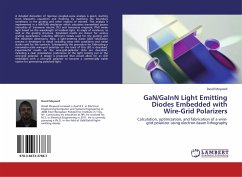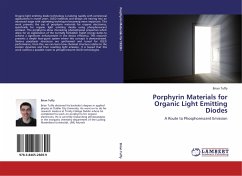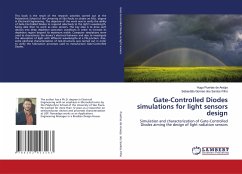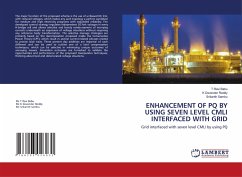A detailed derivation of rigorous coupled-wave analysis is given; starting from Maxwell s equations and finishing by matching the boundary conditions in the grating and other regions of interest. This analysis is implemented in a MATLAB simulation which calculates transmitted power intensities of transverse electric (TE) and transverse magnetic (TM) mode light based on the wavelength of incident light, its angle of incidence, as well as the grating structure. Simulated results are shown for various grating parameters, including different metals used for the grating and the metal-line dimensions. Next, a light-emitting diode (LED) fabrication process is developed in detail including mesa etch conditions and metal stacks used for the contacts. Subsequently the procedure for fabricating a nanometer-scale wire-grid polarizer on the back of this LED is described. Experimental results on the wire-grid-polarizer LEDs are described, including a clear polarization preference of the light coming out of the wire-grid polarizer. A design is proposed that would allow for an LED embedded with a wire-grid polarizer to become a commercially viable option for generating polarized light.
Bitte wählen Sie Ihr Anliegen aus.
Rechnungen
Retourenschein anfordern
Bestellstatus
Storno








